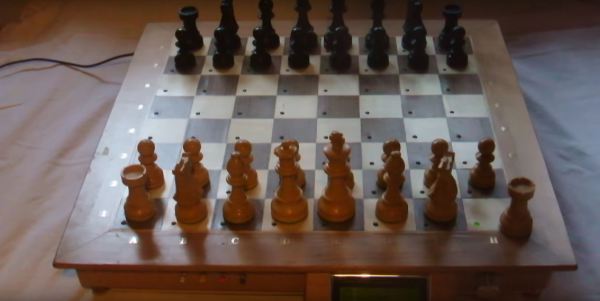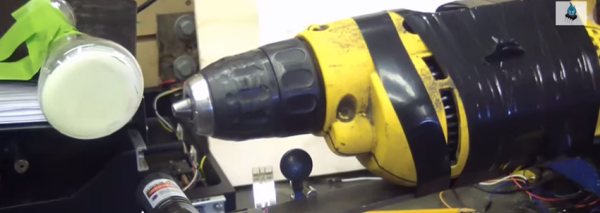Let’s face it, breadboarding can be frustrating, even for advanced electronics wizards. If you have an older board, you could be dealing with loose tie points left from large component legs, and power rails of questionable continuity. Conversely, it can be hard to jam just-made jumper wires into new boards without crumpling the copper. And no matter what the condition of the board is, once you’ve plugged in more than a few components, the circuit becomes hard to follow, much less troubleshoot when things go pear-shaped.
In the last twenty years or so, we’ve seen systems like Snap Circuits and Little Bits emerge that simplify the circuit building process by making the connections more intuitive and LEGO-like than even those 160-in-1 kits where you shove component legs between the coils of tight little springs. You will pay handsomely for this connective convenience. But why should you? Just make your own circuit blocks with cardboard, magnets, and copper tape. It should only cost about 10¢ each, as long as you source your magnets cheaply.
[rgco] gives the lowdown on building a minimal set of 23 component and connector blocks using 100 magnets. He’s got 11 example circuits to get you started, and some example videos of more advanced circuits that got tacked up after the break.
This method of making the circuit look more like the schematic may be the best way for the visually-inclined to learn electronics. But the best way to learn electronics depends on where you’re coming from.
Continue reading “Magnetic Circuits Are More Attractive Than Breadboarding”
















